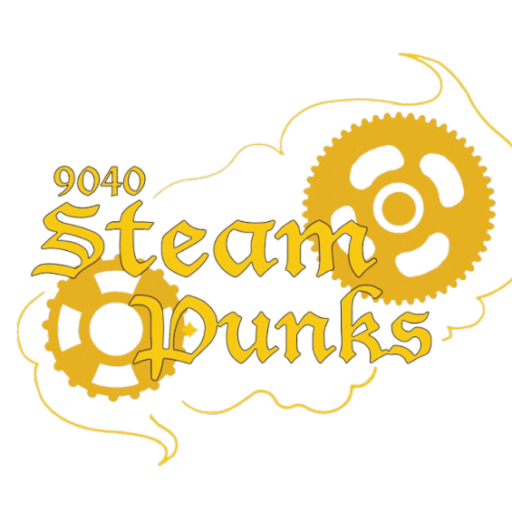2023-2024 CENTERSTAGE
Brainstorm & Design
The day the FTC Centerstage game was launched, we immediately began to brainstorm all that we could. We took the pros and cons of the different mechanisms we could use so we could build up each other’s ideas and create a final design. The sketches shows the early stages of brainstorming and designing, with a variety of designs. After deciding that a wheel-based intake and outake would not be very precise we decided on a claw-based mechanism designed specifically for the pixels. Thus, we began our design process by sketching, creating a CAD on Onshape, this design would require more custom parts than the previous idea. BRAINSTORM -> DRAW OUT -> EVALUATE -> CAD -> Build ->



Meet 0-2 Design Overview
COMPLAINT WHEEL BASED (SUCTION)
The previous iteration of our design featured an intake and outtake mechanism characterized by a ramp and multiple axle-mounted wheels to facilitate the ingestion of pixels into a designated container. Upon reaching the container, the automated system would seal the opening and elevate the container using a linear slide mechanism. Subsequently, a servo motor would be employed to orientate the container to align with the backboard, enabling the precise release of pixels by disengaging the servo and allowing access to the container opening.
Meet 3 Overview
CLAW ARM BASED (GRASP)
This iteration of our robot prioritizes compactness, particularly emphasizing the integration of the claw, arm, and slides to facilitate the seamless intake and outtake of both ground and stacked pixels. Following an intricate design process, the incorporation of six servos within the claw assembly, featuring an acrylic top and bottom layer with a 3D-printed middle layer, ensures heightened rigidity without compromising on weight considerations. Despite the inherent complexity arising from our focus on size optimization, meticulous attention to dimensional specifications culminated in achieving dimensions of 15 inches by 13.8 inches with the inclusion of thick side plates, or 14.3 inches by 12.9 inches without.

Mechanisms:

CLAW
Learning from ILT, we made the claw in the way that each claw contains 1 moving section and one stationary. This allows for tight grips of the pixels, without any issues. The height of the claw allows 2 pixels to be taken with one side, in order to effectively take stacks. We were able to reduce the weight of the claw by around 35%
ARM
Our current arm utilizes a servo-driven mount that is connected to our 2 linear slides which powers vertical movement. With the servos, the arm essentially “flips” over and drops the claw onto the board, or to the floor to intake pixels with the claw. Notably after ILT, we converted to a single-arm design to maintain strength and speed which improves efficiency and reliability substantially. We did have to add another linear slide to accommodate for this change, and allow our arm to be shorter. However, this ended up increasing our stability as well.

Airplane Launcher

Design ONE:
The first iteration of our plane launcher utilized a 3D printed piece that had a rail to hold the plane, then launched with a rubber band mechanism that was loaded through a servo. Although seemingly simple, many issues such as consistency of the launch and the 3D printed piece physically breaking due to tension from the rubber band.


Design TWO:
Our second iteration utilized a metal construction and GoBilda parts, such as U-Channels and spacers. This resulted in eliminating our durability and breaking issue, but ended up being much less consistent in launching than before due to the plane getting stuck in the U-Channel holes before getting out.
Design THREE
Lastly, we were able to communicate to a team in Australia on the best airplane launcher for the team. We were able to devise a way to create a compact airplane launcher. Our team was able to create a design which relies on the elasticity of rubber bands and a servo mechanism to launch a paper airplane. We went through a couple of variations before we landed on this. Originally we had a all metal design; however, we realized that many restrictions, such as size, weight, power, and modularity.
